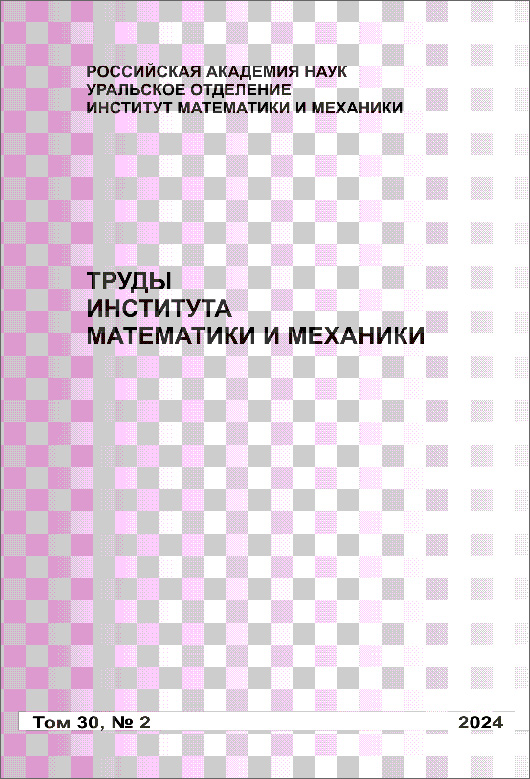|
|
Trudy Instituta Matematiki i Mekhaniki UrO RAN, 2012, Volume 18, Number 1, Pages 69–81
(Mi timm780)
|
 |
|
 |
This article is cited in 6 scientific papers (total in 7 papers)
Polynomial Volterra equations of the first kind and the Lambert function
A. S. Apartsyn
L. A. Melentiev Energy Systems Institute, Siberian Branch of the Russian Academy of Sciences
Abstract:
The role of the Lambert function in the theory of polynomial Volterra equations of the first kind is considered. New results are presented in addition to the known ones. In particular, the stability of a continuous solution of the first-kind polynomial Volterra equation of degree $N$ is investigated. Based on the techniques of majorant equations, sufficient stability conditions are obtained.
Keywords:
polynomial Volterra equations of the first kind, Lambert function.
Received: 12.07.2011
Citation:
A. S. Apartsyn, “Polynomial Volterra equations of the first kind and the Lambert function”, Trudy Inst. Mat. i Mekh. UrO RAN, 18, no. 1, 2012, 69–81
Linking options:
https://www.mathnet.ru/eng/timm780 https://www.mathnet.ru/eng/timm/v18/i1/p69
|

| Statistics & downloads: |
| Abstract page: | 480 | | Full-text PDF : | 194 | | References: | 66 | | First page: | 4 |
|




 Contact us:
Contact us: Terms of Use
Terms of Use
 Registration to the website
Registration to the website Logotypes
Logotypes









 Citation in format
Citation in format 